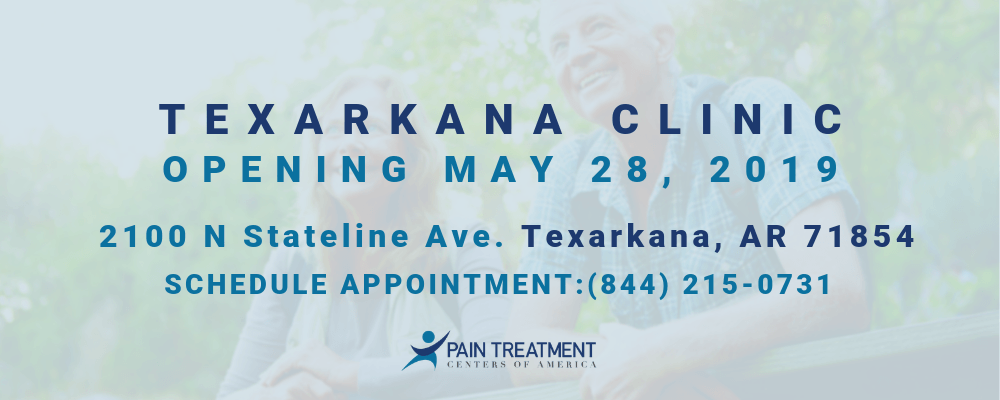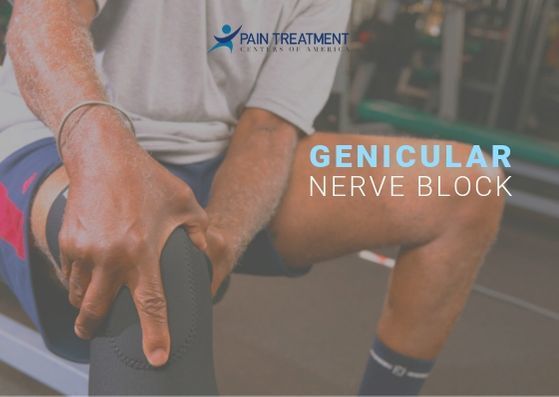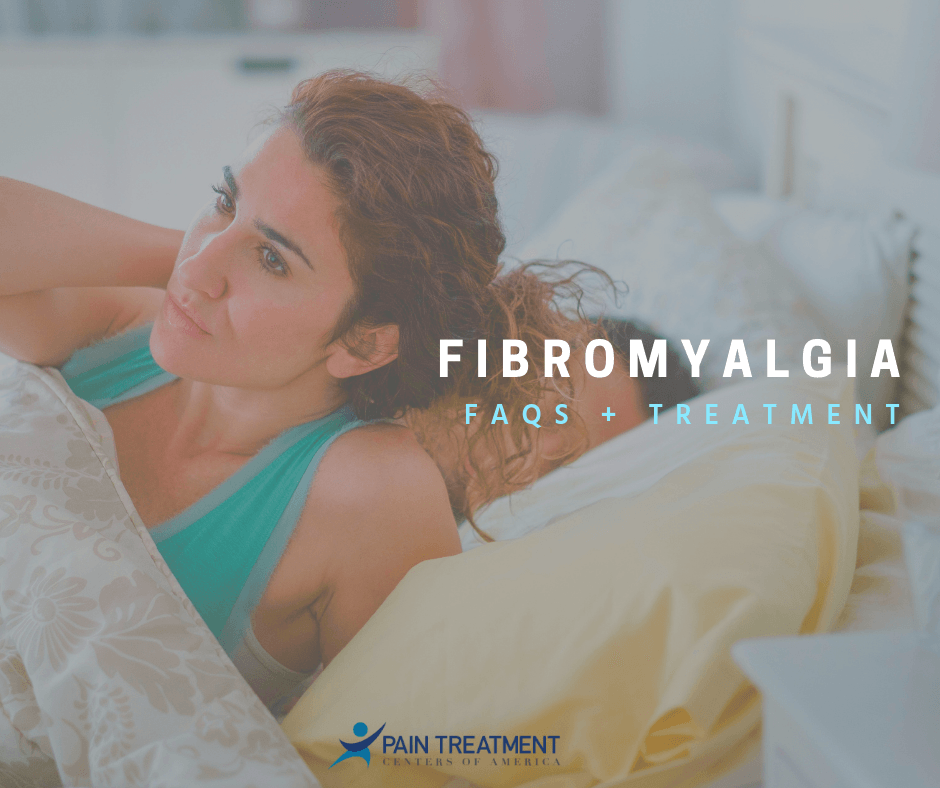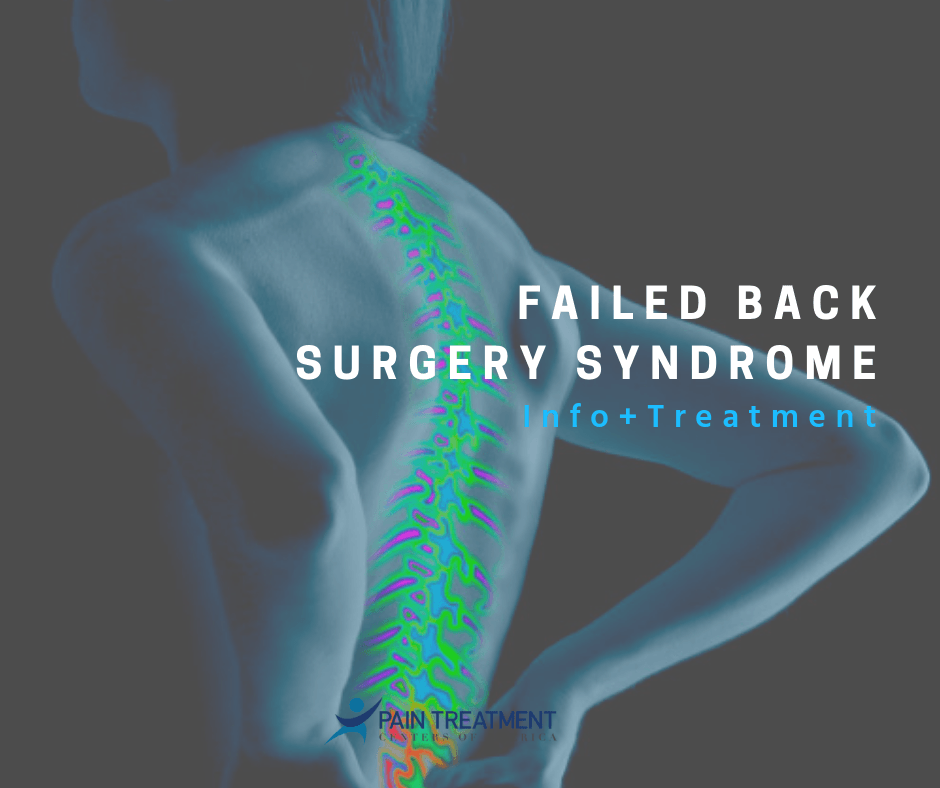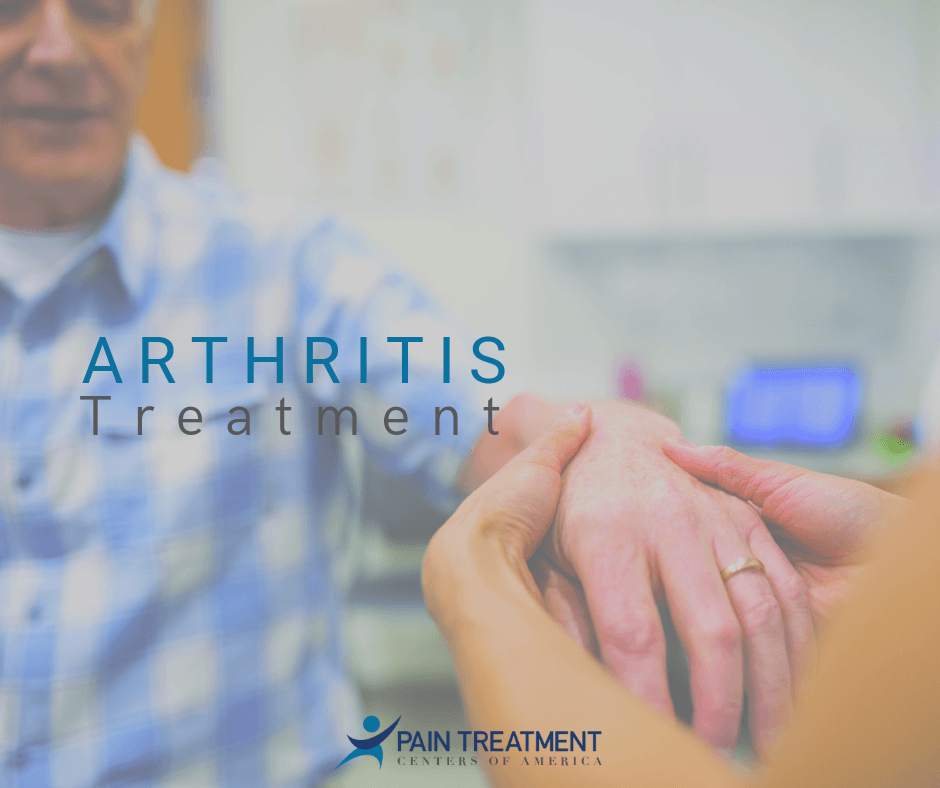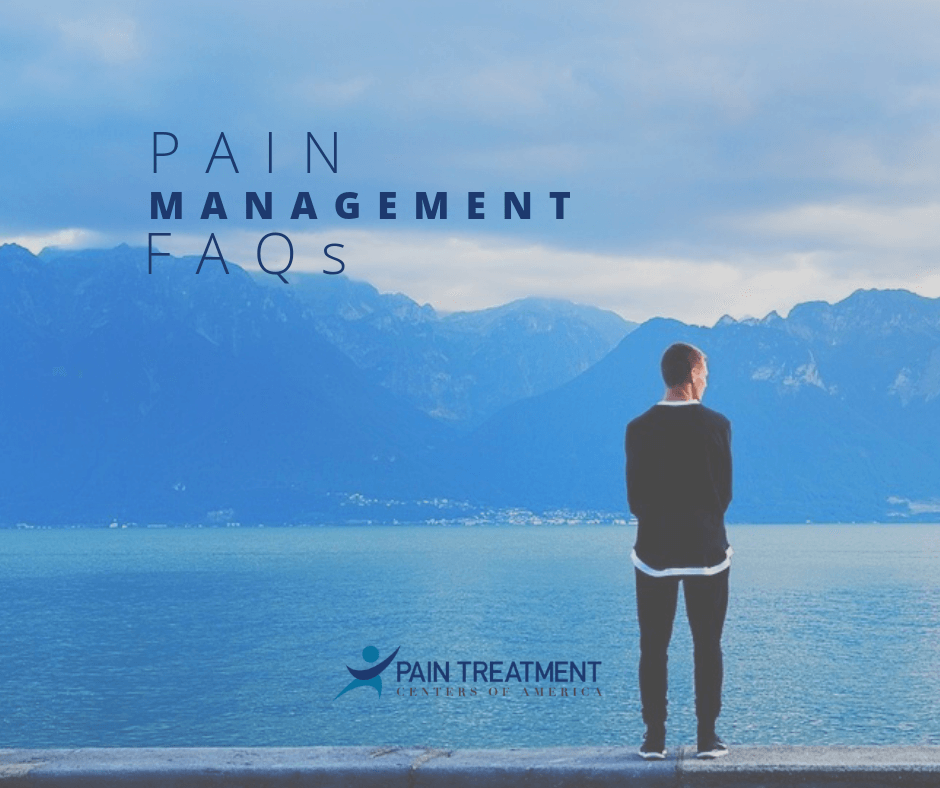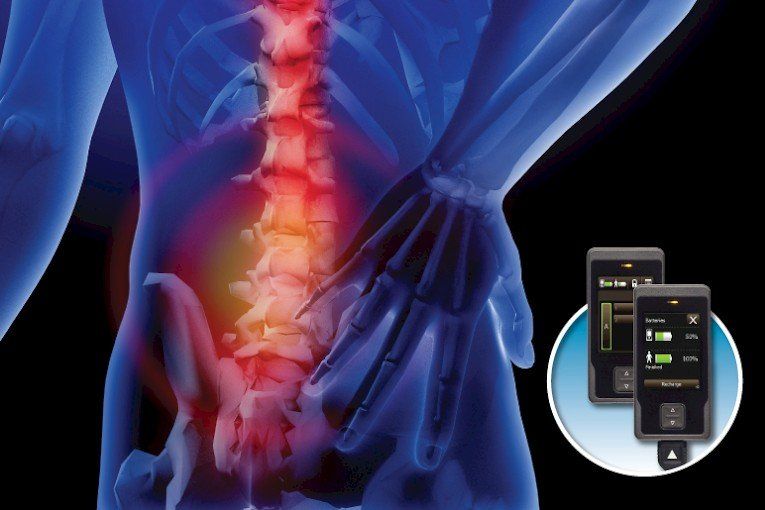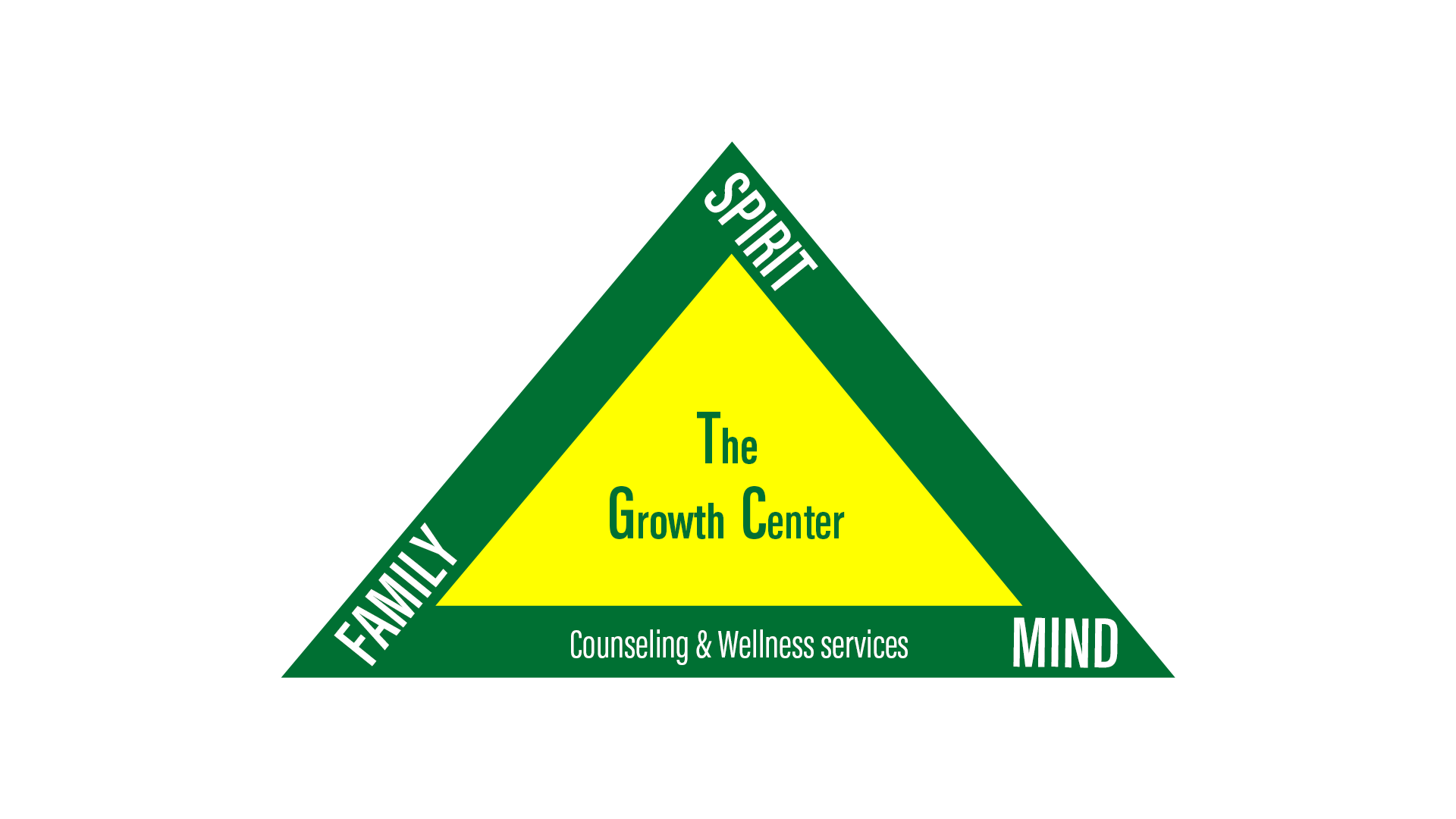Herniated Disc Pain + Treaments
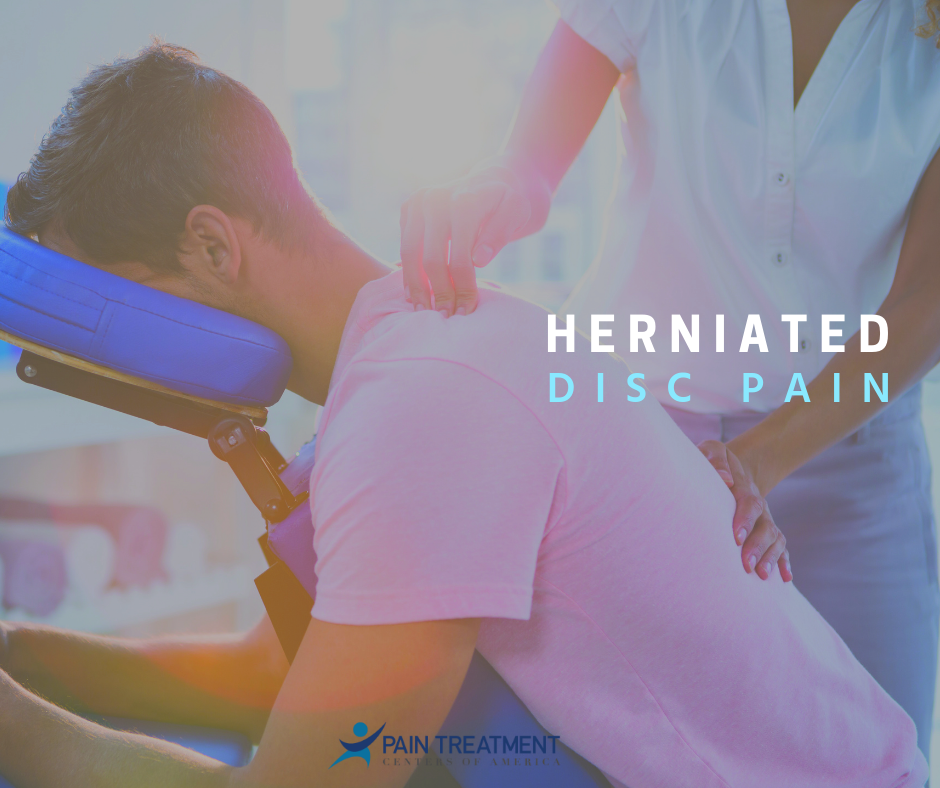
Back pain is extremely common. In fact, it’s the most reported type of pain on the planet, with up to 80% of people experiencing low back pain at some point in their lives. Unfortunately, many people experience back pain that doesn’t respond to traditional pain relief techniques. This can lead to limited mobility and even disability.
One of the most common sources of chronic back pain is a herniated disc.
Here’s what you should know about herniated disc pain and its treatments.
What is a Herniated Disc?
The human spine, which runs from the base of the skull to the pelvis, is comprised of 33 bones called vertebrae. Only the 24 bones at the top of the spinal column--in the cervical, thoracic and lumbar regions--are moveable. The bones at the bottom, in the sacrum and coccyx, are fused.
The vertebrae of the spine are stacked on top of each other with small, cushiony discs in between. These discs are comprised of 80% water and have a tough outer ring (the annulus) with a soft, gel-like center (the nucleus).
A disc is considered herniated when its jelly-like nucleus pushes into the outer annulus. Because the spinal canal is narrow, a herniated disc can press against the outerlying nerves of the spinal column. Many individuals with herniated discs experience no symptoms. Others experience severe pain, tingling, numbness and even muscle weakness.
When the annulus is cracked or ruptured, the nucleus of the spinal disc can leak out into the spinal canal.
What Causes Herniated Discs?
Most herniated discs are caused by age-related wear and tear or injury. Being overweight may also contribute to disc herniation, since excess body weight puts extra strain on the spinal column.
The most common symptoms of a herniated disc include:
Pain. Typically, herniated discs occur in the cervical region (the neck) or the lumbar region (the low back). Pain is often felt in these areas, with many individuals experiencing shooting pains that extend to the arms, shoulders or fingers.
Sciatica. For herniated discs in the lumbar region of the spine, sciatica is the most commonly reported symptom. Sciatica is characterized by shooting pains that extend down the buttocks or through the backs of the legs.
Numbness. The nerves that are impacted by the herniated disc can cause localized numbness.
Tingling. The nerves affected by a herniated disc may cause localized tingling.
Weakness. A herniated disc may impact surrounding muscles and cause a feeling of weakness.
Herniated Disc Treatment + Pain Relief
There are several treatments for disc herniation that can relieve pain, tingling, numbness and weakness.
The most common treatments are rest and physical therapy. Stretching and regular exercise can help relieve the amount of pressure placed on the spinal nerve root. Over-the-counter medications such as NSAIDs (non-steroidal anti-inflammatory drugs) and narcotics are also commonly used to treat herniated disc pain. For individuals experiencing muscle spasms, muscle relaxants are a good treatment option.
When pain doesn’t respond to traditional treatments, epidural steroid injections may be recommended. Eventually, surgery may be recommended for chronic pain that hasn’t responded to other treatments.
Pain Treatment Centers of America is proud to specialize in a variety of treatments for herniated disc pain.
Make your appointment with PTCOA today by calling (844) 215-0731.







